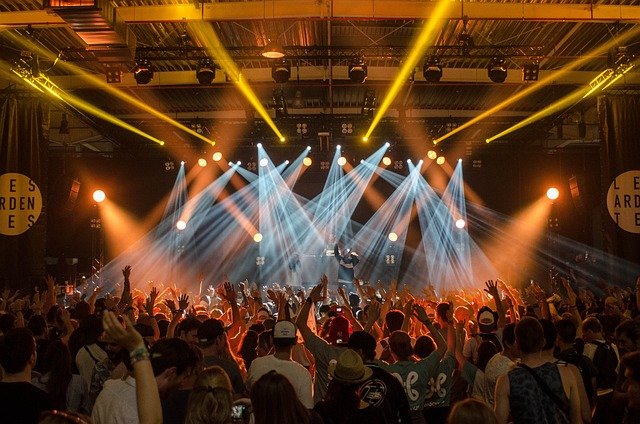Evaluating Visitor Experience in Museums and Galleries
Visitor experience in museums and galleries is increasingly central to institutional planning, combining in-gallery interpretation, programming, and digital tools to meet diverse audience needs. This article outlines measurable approaches to assess and improve engagement across exhibitions and events.

Visitor experience combines practical operations, interpretive strategies, and emotional responses. Measuring it means looking beyond attendance counts to patterns of engagement, dwell time, feedback quality, and how cultural goals are met. A thorough evaluation considers exhibition design, programming choices, accessibility, outreach outcomes, and digital touchpoints such as livestreams or online collections to form a balanced picture of how venues serve their audiences.
How does curation and programming shape audience experience?
Curation and programming set the tone for how visitors interpret content. Thoughtful curation connects objects to narratives that resonate with different audience segments; programming—talks, tours, performances—extends that narrative into live, participatory moments. Metrics include attendance to specific programs, repeat visitation, qualitative visitor comments, and observation of visitor flow through galleries. Programming should be evaluated for its alignment with institutional mission and its ability to diversify audience profiles while respecting cultural stewardship and ethical display practices.
What role do exhibitions and performance play in engagement?
Exhibitions and performance anchor the visitor journey, whether temporary shows, long-term displays, or staged events. Exhibition layout, interpretive text, multimedia, and live performance elements influence dwell time and comprehension. Evaluators often use heatmaps, time-in-gallery studies, and post-visit surveys to determine which works attract attention and which fail to engage. Performance can create memorable experiences that increase word-of-mouth and social sharing, but it requires integration with exhibition content and clear scheduling conveyed through marketing and on-site signage.
How can accessibility, outreach, and community be measured?
Accessibility and outreach determine who can participate. Physical accessibility audits, sensory-friendly programming, and multilingual materials are tangible measures; community engagement is tracked by partnerships, local attendance, and participation in outreach workshops or residency programs. Surveys and focus groups with community stakeholders reveal whether programming reflects diverse needs. Analytics on outreach campaigns, registration for community workshops, and demographic data collected ethically during visits provide insight into how well a venue is reaching underrepresented groups.
How do ticketing, fundraising, and sponsorship affect venue operations?
Ticketing models and pricing influence audience mix and revenue stability; fundraising and sponsorship support programming scope and long-term planning. When evaluating visitor experience, compare paid versus free access impacts on attendance diversity and visitor satisfaction. Fundraising success can be measured by the range of supported programs—workshops, residencies, or festivals—and by donor feedback on visibility and impact. Regular analysis of ticketing data alongside qualitative visitor feedback helps institutions balance accessibility with financial sustainability.
What impact does digitalization, livestream, and analytics have on reach?
Digitalization expands reach beyond physical venue walls. Livestreamed talks, virtual tours, and online collections provide data on remote engagement and can be compared with in-person analytics to understand how audiences prefer to access content. Web analytics, engagement rates on livestreams, and conversion metrics from digital marketing inform decisions about where to invest. Combining in-person observation data with digital metrics creates a fuller understanding of audience journeys and highlights opportunities to integrate online and onsite experiences.
How do workshops, residency, festival, and marketing contribute to long-term growth?
Workshops and residencies create deep learning and co-creation opportunities that strengthen community ties; festivals and performance series bring spikes in visitation and press attention. Marketing and sponsorship amplify reach but should be evaluated for audience targeting efficacy and alignment with institutional values. Long-term growth metrics include lifetime engagement (repeat visits, memberships), the success of participatory projects, and the degree to which programming nurtures new audiences. Evaluations should include participant outcomes from workshops and residency impacts on both artists and audiences.
Conclusion A comprehensive evaluation of visitor experience in museums and galleries uses a mix of quantitative and qualitative methods: attendance and ticketing analytics, time-in-gallery studies, surveys, focus groups, and digital engagement metrics. By assessing curation, programming, accessibility, outreach, and the interplay of physical and digital offerings, institutions can refine exhibitions, strengthen community relationships, and ensure cultural relevance without compromising stewardship or inclusivity.





